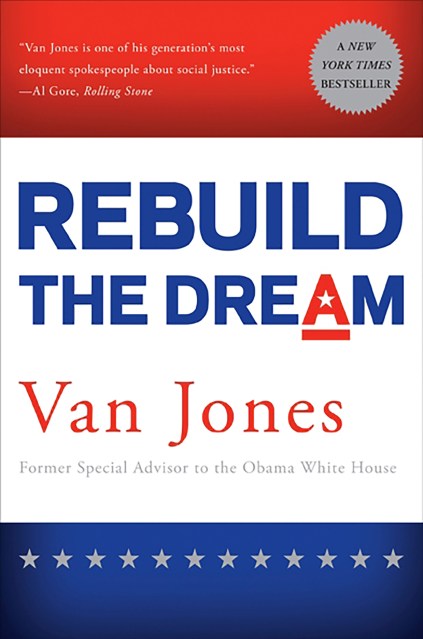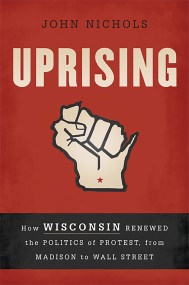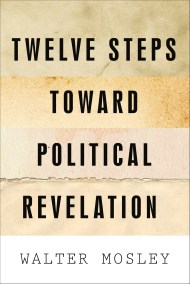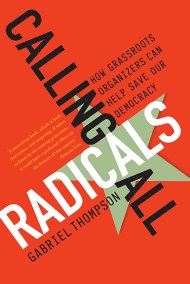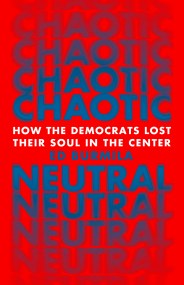Promotion
Shop now and save 20% on your back-to-school purchases & get free shipping on orders $45+ Use code: SCHOOL24
Rebuild the Dream
Contributors
By Van Jones
Formats and Prices
Price
$16.99Price
$22.49 CADFormat
Format:
- Trade Paperback $16.99 $22.49 CAD
- ebook $11.99 $15.99 CAD
This item is a preorder. Your payment method will be charged immediately, and the product is expected to ship on or around May 14, 2013. This date is subject to change due to shipping delays beyond our control.
Also available from:
Jones puts his hard-won lessons to good use, proposing a powerful game plan to restore hope, fix our democracy and renew the American Dream. The American Dream means different things to people, but the center of gravity is always the same: an ordinary person — who was not born with great wealth, but who is willing to work hard and play by the rules — should be able to find employment, live in a good community, make progress financially, retire with dignity, and give his or her children a better life. That dream is fading. On Main Street, too many people are working harder than ever — while falling further behind. They play by the rules, but cannot succeed. At the same time, other Americans, including the worst of Wall Street, break every rule, but cannot fail — because someone has already decided that they are “too big” to fail. The American Dream has been turned upside down and inside out. It is time to set things right. As the first Obama administration official to write a book about his experiences, Jones offers a unique perspective. In explaining why the 2008 “hope” bubble burst, he unveils the seven biggest mistakes made by the White House and its supporters. He explores the origin and fate of the movements that helped to elect President Obama, as well as those that have challenged and shaped his presidency. Along the way, Jones systematically reveals surprising parallels between Obama’s people-powered campaign, the Tea Party and Occupy Wall Street. At this pivotal moment, Jones argues that we must make our economy respect the 99% and work for the 100%, not just the 1%. He proposes serious solutions that fit the scale of our problems. Rebuild the Dream sets forth bold ideas inspired by the progressive values that made the twentieth century the “American Century.” It shows how key public policies and investments can create millions of good, American jobs. America is still the best idea in the world. The American middle class is still her greatest invention. Rebuild the Dream is dedicated to the proposition that — with the right strategy — both can be preserved and strengthened for generations to come.
-
“This guy is a Yale-educated lawyer, he is a best-selling authority about his specialty.”
—Howard Dean, Former Governor of Vermont, Presidential Candidate and Chair of the Democratic National Committee
“Van is a gifted leader of ideas and of action. He makes connections, thinks beyond the box, and inspires others to join… He inspired people across the country with the insight that the transition to a sustainable economy could be the greatest jobs program since the mobilization for World War II – and that we could insure that those who were left out of the old economy could be central to the green jobs of the new economy.”
—Robert Borosage, President of Institute for America's Future -
“Van Jones has made it his life's work to speak truth to power”—Nancy Pelosi in Time Magazine "Van Jones is an American treasure … one of the few Americans in recent years to have generated powerful new ideas that are creating more jobs here.”—Benjamin Todd Jealous, NAACP President, on CNN.com “Van has successfully brought together urban youth with clean-tech entrepreneurs, labor leaders with business leaders, civil rights activists with environmentalists.”—Arianna Huffington, on the Huffington Post “Van Jones is an exceptional and inspired leader who has fought to bring economic and environmental justice to communities across our country.”—John Podesta, President of the Center for American Progress
“Van Jones has worked tirelessly to bring jobs and environmental progress to some of the poorest communities in our nation. His dedication and leadership are exactly what we need more of in Washington.”
—Justin Ruben, Executive Director of Moveon.org
“Jones is an extraordinarily important leader. He cares, passionately, about helping young men and women find their way in the world, even if they had the misfortune to grow up in bad neighborhoods or make bad choices – and he sees in a new green economy a powerful instrument to heal their lives.”
—Carl Pope, Executive Director of the Sierra Club
- On Sale
- May 14, 2013
- Page Count
- 320 pages
- Publisher
- Bold Type Books
- ISBN-13
- 9781568587417
Newsletter Signup
By clicking ‘Sign Up,’ I acknowledge that I have read and agree to Hachette Book Group’s Privacy Policy and Terms of Use
